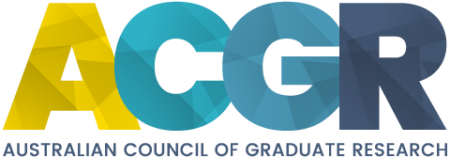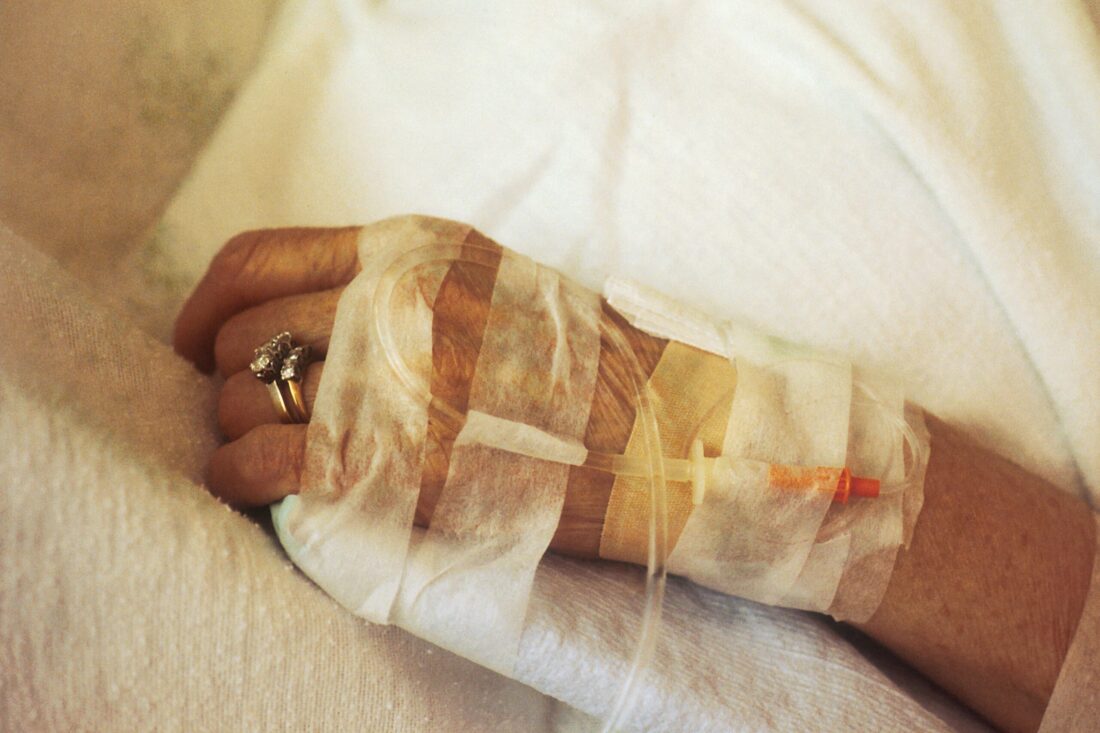Dr Narelle Tunstall
Managing Editor, Graduate Research Impact
I don’t know anyone who wouldn’t want a cure for cancer.
And as our post from last week observed, we have that in common with the ancient Egyptians.
Author of that post, PhD student Sarah Müller, is one of many graduate researchers drawn to the search to find new therapies for cancer in the hope of making an impact on the many people’s lives it affects.
And just like Sarah’s deep dive into the high-resolution crystal structure of the protein ASCT2, I look at the titles of current cancer PhD projects and marvel at all the things we still don’t know about how to fight common cancers, let alone rare cancers.
While there are plenty of examples of Higher Degree by Research (HDR) students who make major scientific breakthroughs during their studies, most HDR students are likely to add just a small piece to the giant evidence puzzle. And no doubt, end up with many more questions to answer!
But as Sarah’s post reminds us, even if a student’s research thesis doesn’t result in a cure for cancer, the advances in knowledge all add up.
It was also world cancer day on the 4th February and on top of Sarah’s post it had me reflecting all week on my own experiences with cancer. I got to thinking about all the different fields of cancer research out there, beyond finding new treatments. Cancer prevention research has, thankfully, also come a long way. So too, research on how to best care for people when they’re dying.
When my Nanna was dying from colon cancer, she received all manner of services to support her dying.
A fancy $1,000 mattress to ease her frail body and techniques to prevent bed sores, regular nurse visits to her regional home to take and monitor her bloods, and emotional support services including a visitor who came one day and asked her to choose her favourite-coloured vial, some sort of ‘colour therapy’.
I’m pretty sure my Nanna was secretly rolling her eyes at the colour therapy (she would never have been so rude to do it openly), but I do remember us all having a laugh about it so maybe it was therapy after all…
Nevertheless, I would say she received the latest in best practice palliative care.
And I know of many other people who, thanks to research centres like the Flinders University Research Centre for Palliative Care Death and Dying or the Centre for Palliative Care run by St Vincent’s Hospital, have been beneficiaries of the continuing improvements in palliative care practice.
The excellent care my Nanna received was of course much appreciated as our beloved was leaving the world, but we’d have much preferred she didn’t die.
In early 2003 my 74-year-old Nanna collapsed and was rushed to hospital.
For years she’d been complaining of indigestion and she had been prescribed Nexium. One time she vomited when she bent over. She went to the Doctor and was told to lose weight and was prescribed more Nexium.
Knowing her family history of stomach cancer, she asked the Doctor for ‘tests’.
“We’ll put you on the list” they said.
Unfortunately, being from a generation that didn’t ask questions of your Doctor, she waited.
She finally got a gastroscopy. She had an inflamed stomach. She (a retired grandmother) was told she was just ‘stressed’.
She knew something was wrong, but after being fobbed off with Nexium tablets, being told to lose weight, and that she was stressed, it took her collapsing at home to be rushed to hospital and finally given a colonoscopy. As I’ve already declared, it wasn’t good news.
My Nanna had been unwell for a few years before she collapsed in early 2003.
She passed away in 2004.
She was 75.
In 2006, the National Bowel Cancer Screening Program was implemented by the Australian Government to address the rising incidence of and mortality from bowel cancer.
A few years too late for my Nanna, but today if you are aged between 50 and 74, the government will send you a home test kit in the mail with simple instructions on how to do the test that could save your life.
I know our family’s story is one of many… but I also know there are a lot less people in palliative care for bowel cancer right now because of the cumulative research projects conducted that ultimately resulted in this screening program. In fact, research shows that screening for bowel cancer can reduce deaths by 15% to 25%.
The National Bowel Cancer Screening Program is guided by research into best practices and is regularly evaluated.
In 2014, the Australian Government announced that the program would be expanded to offer free 2-yearly screening for all Australians aged 50–74. In 2020 in just a 3-month period, 1,252,000 kits were sent out to Australians and 354,000 screening kits were returned.
That’s over 100,000 Australians per month that received health information my Nanna didn’t have access to.
If this program had been implemented even 5 years earlier my Nanna would have been sent the test and it quite possibly would have saved her life. It’s not inconceivable that she could be alive today, turning 92 next month.
But there’s something else that’s changed in cancer research and care since my Nanna passed away.
Patient experiences, and their carer’s and family’s experiences, are now routinely incorporated into research. And the influence of that is extraordinary to me.
When I first heard about WEHI’s now highly acclaimed “Consumer Buddy Program” and Consumer Advisor Panel I assumed it was about consumers (in this context, a person who has been impacted by a disease) participating in research. I’ve since learnt it’s much more than that.
The WEHI program, run since 2014, ensures that people with lived experiences of cancer contribute to research by linking them with a researcher as a ‘buddy’. Consumers lend invaluable perspectives to researchers and consumer involvement has become part of WEHI’s culture across various diseases, not just cancer.
Consumer engagement is not about recruiting participants into research survey’s or randomised control trials but about genuinely engaging them in the “design of the research agendas, identification of research priorities, design of research tools, undertaking of interviews, and dissemination of results”.
A consumer buddy program is not something I would have imagined resulting from a laboratory developing targeted therapies for ovarian cancer. But it is heartening to know that people like Professor Clare Scott who instigated the program at WEHI, and many others, are training PhD students to conduct their research in this way, with a clear perspective on who they’re researching for.
These kinds of consumer programs are now becoming commonplace, but as the indirect result of a passionate researchers insight and vision, the Consumer Buddy Program is the kind of research impact that is hard to foresee, and one that we should never underestimate. These kind of consumer programs mean that;
- Members of the public -not scientifically trained- can influence basic research design.
- Researchers -many with decades of clinical expertise on top of their PhD and research experience- are learning from people’s lived experience.
- Ultimately, health outcomes are improved for everyone.
I wonder if my Nanna would have liked to be involved in such a program… maybe not.
But I do know she would be pleased that everyday people who have experienced cancer, including little old ladies from the country, are being listened to.
Photo by National Cancer Institute on Unsplash


2 comments
Great article, Narelle. Research in labs is absolutely important, but so too is research that listens to little old ladies! As one of my colleagues says – STEM research can extend our lives but HASS research helps make sure they’re enjoyable lives worth living. It’s amazing to think that HDR graduates across Australia are helping our communities in so many different ways.
Great article by Dr Narelle regarding Cancer research. There should me many researches about cancer cure so that the new gen health professionals also benefit from it.